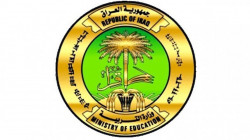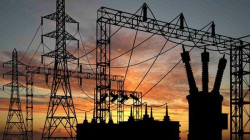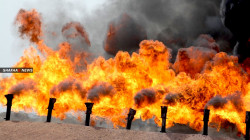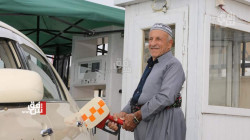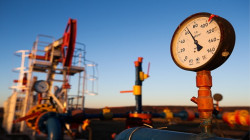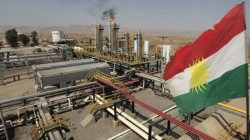BBF: Can 'Unitisation' of Oil and Gas Fields Power Diplomacy in the Persian Gulf?
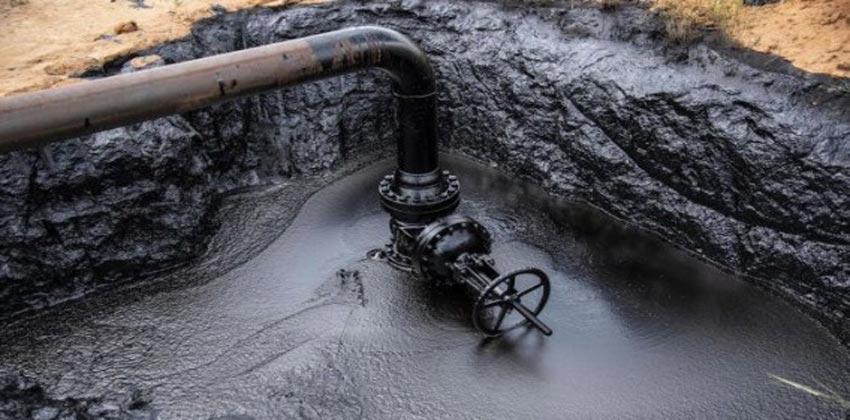
Shafaq News/ In March, the Saudi Energy Minister met with his Kuwaiti counterpart to sign an agreement for the joint development of a shared offshore gas field. The Dorra field lies about 50 miles off the coast at the border between Saudi Arabia and Kuwait and is around the same distance from Iran’s southwestern shores. The field could produce 1 billion cubic feet of natural gas and 84,000 barrels of condensate per day.
Shortly after the Saudi-Kuwaiti declaration, Iran’s Foreign Ministry swiftly expressed its dismay and said that any step for the joint development of the field—called the “Arash” field in Iran—must be carried out in cooperation between the three countries. In a surprising response, Saudi Arabia and Kuwait invited Iran to hold negotiations to determine the eastern limit of the joint, energy-rich, offshore area. While the proposed talks have yet to take place, the Dorra-Arash field is a clear example of how an area of contestation has the potential to be turned into an area for cooperation, if the political and security environment of the region allows.
As key regional players move towards de-escalation and dialogue, evidenced by the end of the intra-GCC conflicts as well as Saudi Arabia and the United Arab Emirates’ diplomatic engagements with Iran, it is worth considering potential for regional energy diplomacy. The shared oil and gas fields in the Persian Gulf and Gulf of Oman are largely untapped areas for bilateral and multilateral cooperation. Iran and Qatar share the largest gas reserve in the world and Iran shares a further two-dozen oil and gas fields in the Persian Gulf with the Gulf Cooperation Council (GCC) countries and Iraq. There are also numerous fields shared among the GCC states and Iraq. To move the energy produced by these fields, regional countries have long mulled pipelines projects, such as one between Iran and Oman, as well as talks for the re-exportation of Iranian gas as Liquified Natural Gas (LNG) by Qatar and Oman.
But most of the shared fields amongst the Persian Gulf states are either inactive or are disputed. In the absence of cooperation agreements, countries have mainly opted to develop and extract the reserves on their own. Disputes over median lines, extraction rights, and varying concessions have often led to tensions between regional states.
Iran has disputed Kuwait and Saudi Arabia’s claims on the Dorra-Arash field since it was discovered in the 1960s. At the time, maritime boundaries in the Persian Gulf were poorly defined and bordering countries did not pay much attention to them. This was also the case for the South Pars-North Dome field—the shared gas field between Iran and Qatar—as the median line between the two countries had been negotiated before the gas field’s discovery in 1971. When Iran and Qatar determined their boundaries two years prior, the predominant factor underlying the delimitation was equidistance.
Because of the fact that the boundaries continue to be poorly defined, Kuwait, Saudi Arabia, and Iran have each asserted their sovereignty on the Dorra-Arash field by awarding overlapping concessions throughout the past five decades. By the year 2000, Saudi Arabia and Kuwait had reached an agreement on the corresponding offshore zones where their concessions could be awarded. In retaliation for its exclusion in the negotiations, Iran deployed drilling equipment to the field the following year. A cycle of actions and retaliations that have largely continued to date, rendering the field underdeveloped on the Saudi, Kuwaiti, and Iranian sides altogether.
The output from the Dorra-Arash field will have an “inconsequential” impact on today’s global gas and LNG markets in the wake of the Russian invasion of Ukraine and rising global demands, as Wayne Ackerman argues. This is primarily because the three countries will need to use the outputs to satisfy their own domestic energy demands. But inconsequential as it might be, the output from the field is significant in both adding to the global gas reserves and establishing an area for inclusive multilateral cooperation in the region.
Economic diplomacy, if enacted through joint projects such as the development of the Dorra-Arash gas field, could give new impetus to relations between Iran and GCC countries. The establishment of a long-term cooperation project to jointly develop the Dorra-Arash field would provide a way to measure the state of regional economic diplomacy in the region and provide Iran and its GCC neighbours to show good faith. Another possible area for cooperation is in the Salman field shared between Iran and the UAE. So far, Iran and Iraq appear the closest to putting join development plans into action. Following years of negotiations, they recently decided to form joint technical groups to develop energy ties and shared fields.
In this context, the European, and Asian, countries and companies could step in to promote confidence-building measures between the Persian Gulf countries by proposing multilateral projects with their participation. External players, particularly those who have the capacity to mediate and work with both Iran and the GCC states, could assist the regional countries in defining their boundaries using international law, proposing win-win multilateral projects, and investing in the development of the fields.
The GCC states and Iran have largely overlooked the benefits of “unitisation,” the joint development of an oil or gas field extending across two or more territories. Unitisation would allow the GCC states and Iran, as well as external players such as European or Asian companies, to jointly develop shared fields and benefit from cost-effective solutions for extraction, processing, and export. Regional leaders should leverage energy cooperation to creating the shared incentives necessary to make regional diplomacy more durable.
(Bourse and Bazaar Foundation)
